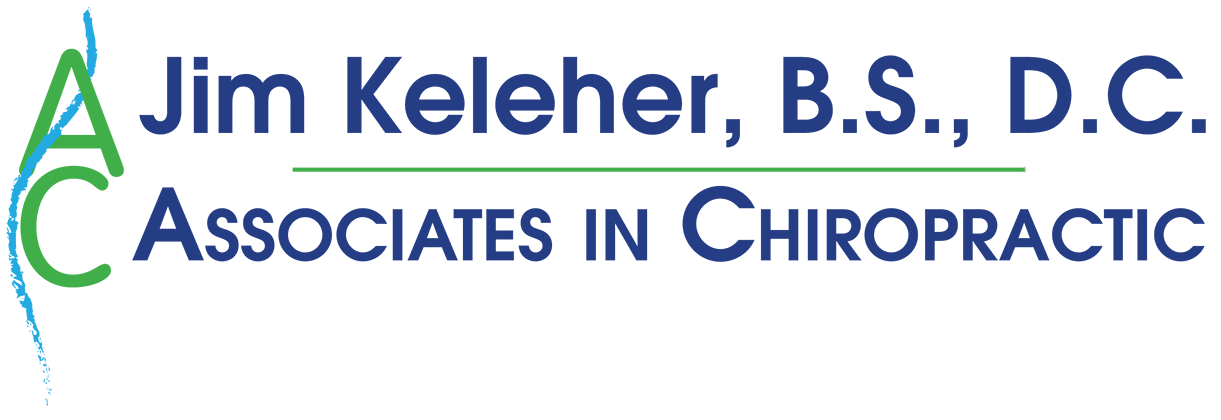By using your body’s own energy, we can identify and diagnose nutritional imbalances in your system
Applied kinesiology, or muscle testing, is a method developed in the early 1950s for the purpose of assessing complicated medical and spinal conditions by detecting energy imbalances. By eliminating these imbalances, a therapeutic plan can be recommended.
The primary procedure in kinesiology is the muscle test. In a typical session, a patient is asked to hold his arm parallel to the floor for the test. The practitioner will then pull or push the arm down while checking the degree of muscle resistance by the patient while the patient holds certain foods, vitamins, herbs, supplements, etc., in his other hand. If the patient is holding something bad or negative, there will be weakness in his arm, and his resistance will be less. The arm will be easily pushed downward or will give way suddenly. Conversely, if the patient is holding something good or positive, the resistance will be greater because the patient is stronger while holding the item.

